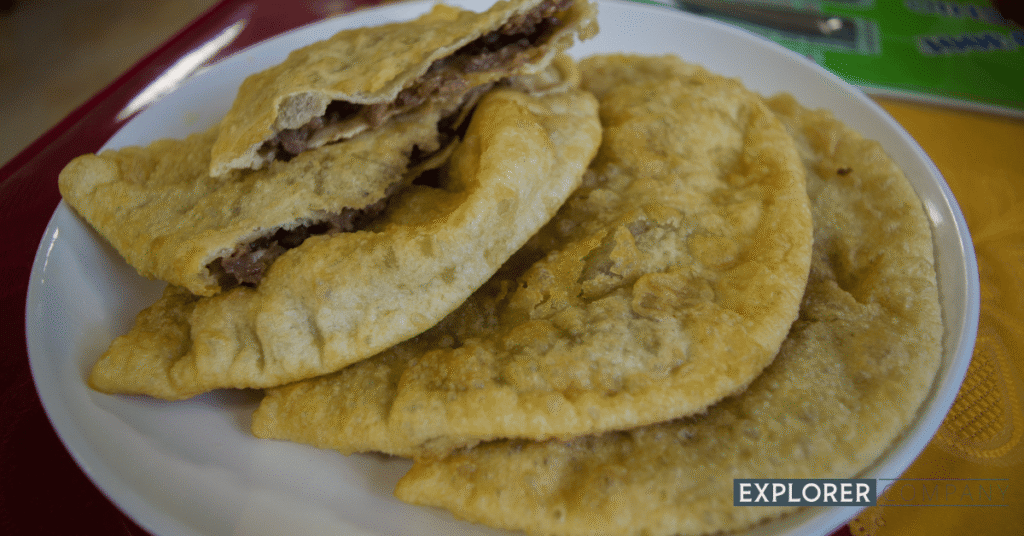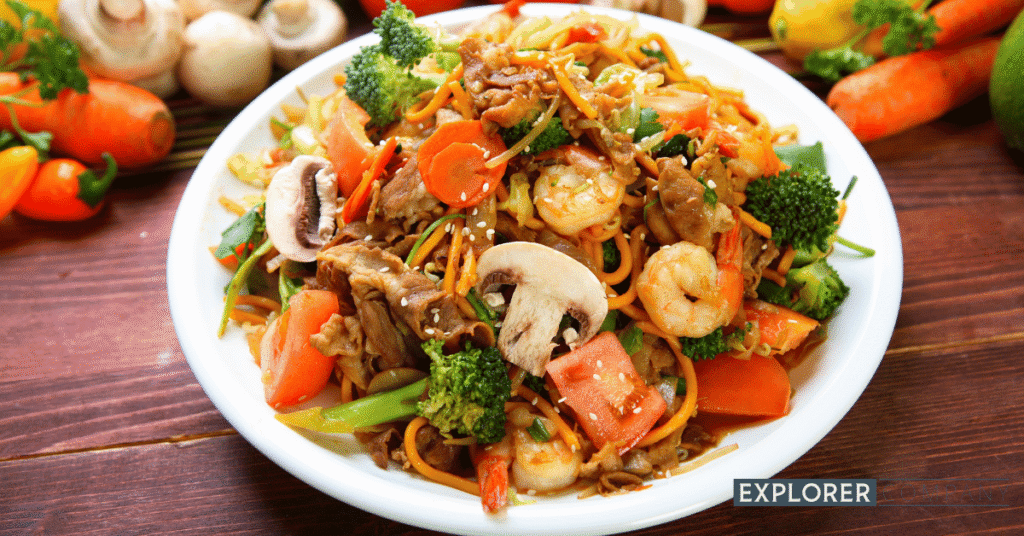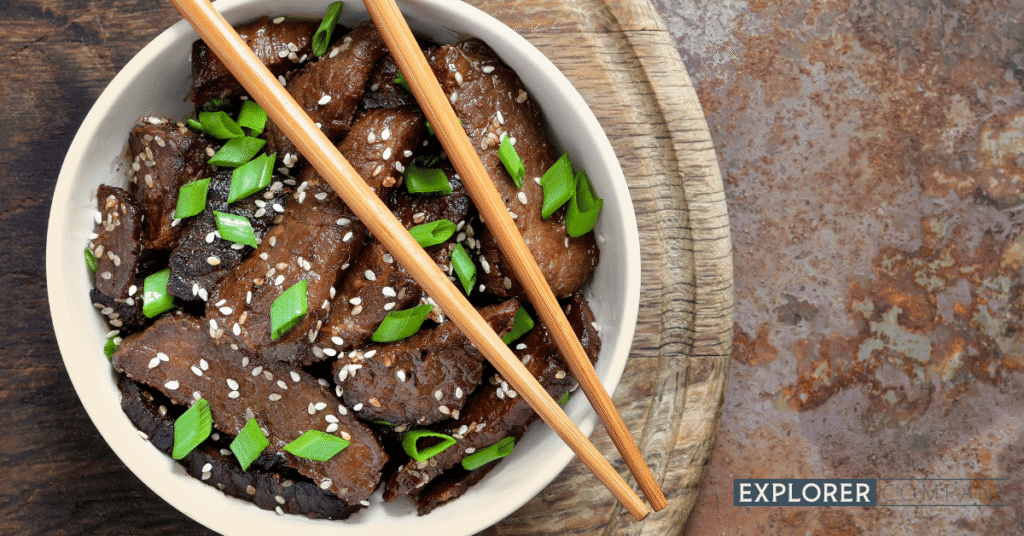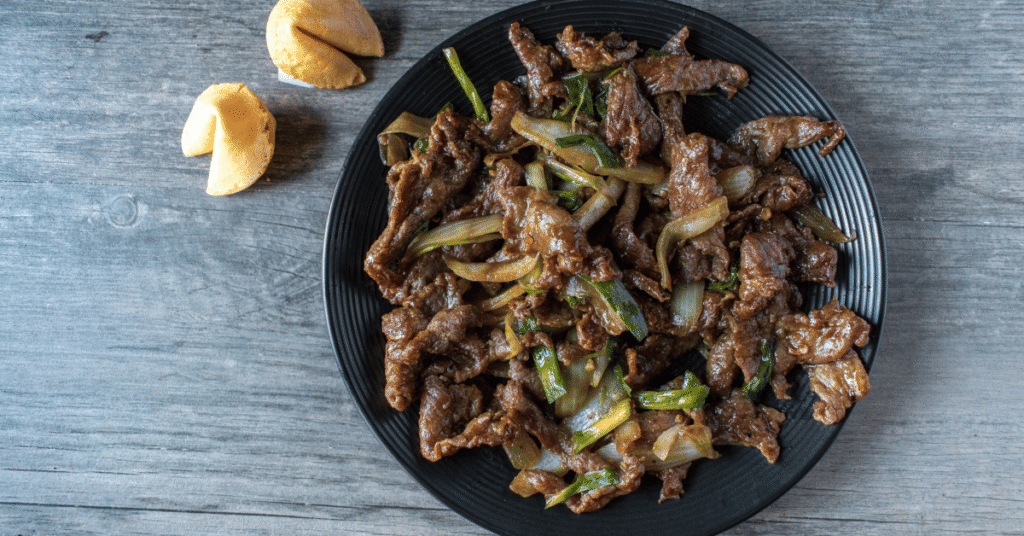Mongolia is a land of sweeping grasslands, rugged mountains, and boundless skies. Life here has always been shaped by nature, with people moving in harmony with the seasons. In this vast country, food is more than nourishment it is a reflection of endurance, tradition, and hospitality.
Unlike cuisines that thrive on dozens of spices and elaborate techniques, Mongolian food follows a philosophy of simplicity. Fewer ingredients, straightforward preparation, and meaningful cultural rituals make every meal memorable. This is the essence of “the less is good.”
When you travel with Explorer Company, Mongolian cuisine is not just something you taste but something you experience in its natural setting. From sharing dumplings in a family ger to sipping salty milk tea after a long day on the road, food becomes a central part of the journey.
The Philosophy Behind Mongolian Food
Mongolia’s nomadic lifestyle has shaped its food culture for centuries. With herding at the center of survival, meals are practical, hearty, and designed to provide energy for demanding days outdoors. Ingredients are limited to what the land can provide meat, milk, flour, and occasional vegetables.
The harsh winters and dry summers meant families had to keep meals simple yet sustaining. This way of eating is not about abundance but about making the most of what is available. For Mongolians, “less is good” reflects a way of life: valuing substance over complexity.

Staple Ingredients in Mongolian Cuisine
Most Mongolian dishes are built around a few core ingredients. These staples highlight how simplicity can create a strong food culture.
- Meat – Mutton is the most common, followed by beef, horse, goat, and camel in some regions.
- Dairy – Milk, yogurt, and cheese are widely consumed. Dairy products, especially during summer, provide variety and nutrition.
- Flour and Grains – Dumplings, noodles, and breads are essential, often paired with meat.
- Fat – With harsh climates, fat plays a vital role in providing warmth and energy.
- Natural Flavors – Unlike many Asian cuisines, Mongolian food uses little spice. Salt, onions, and sometimes wild herbs are enough to bring out the flavor.
These ingredients form the backbone of every meal, offering nourishment and comfort across the seasons.
Iconic Mongolian Dishes That Prove “Less is Good”
Visitors quickly learn that Mongolian food is not about variety but about tradition and meaning. Here are some of the most iconic dishes:
- Buuz – Steamed dumplings filled with minced meat, often eaten during festivals.
- Khuushuur – Deep-fried meat pastries that are portable and filling, perfect for journeys.
- Boodog – A whole goat or marmot cooked with hot stones placed inside the carcass, a unique outdoor cooking method.
- Airag – Fermented mare’s milk, tangy and slightly alcoholic, offered as a symbol of hospitality.
- Suutei Tsai – Salty milk tea, consumed daily in almost every home.
- Tsuivan – A noodle stir-fry with meat and vegetables, one of the few dishes that incorporates fresh greens.

Each of these dishes tells a story of adaptation to environment and culture. They are less about indulgence and more about practicality, yet deeply satisfying.
Food and the Nomadic Lifestyle
Meals in Mongolia are closely tied to the rhythm of nomadic life. Herding livestock requires strength and endurance, and food provides the energy to keep moving. Sharing a meal in a ger is not just about eating but about building community. Guests are always offered food, even if the household has little to spare.
Cooking methods also reflect this lifestyle. Portable stoves, boiling, and steaming are common, as they require minimal equipment and time. Preservation is equally important dried meat and dairy products are stored for winter months when fresh resources are scarce.
Regional Flavors Across Mongolia
Although Mongolia has a reputation for a straightforward diet, regional variations exist depending on geography and local traditions.
- 고비 사막 – Dried foods, jerky, and curd are common due to scarcity of fresh produce.
- 알타이 산맥 – Influenced by Kazakh traditions, including horse meat and elaborate dairy products.
- 중앙 몽골 – Buuz and khuushuur dominate, reflecting the heartland of nomadic culture.
- 몽골 북부 – Fish, berries, and mushrooms add more diversity to the diet.
Travelers often find that these differences give them a richer perspective on the country’s culture and resilience.
Why “Less is Good” for Travelers
In today’s world of fast food chains and over-seasoned dishes, Mongolian food offers something refreshing: simplicity. For modern travelers, this “less is good” approach has several appeals:
- Authenticity – Meals come directly from the land and reflect centuries-old traditions.
- Wholesome – Ingredients are natural, often free from chemicals or heavy processing.
- Mindful Eating – Smaller ingredient lists mean travelers pay attention to taste and context.
- Adventure-Ready – The food is practical, sustaining those who are exploring long distances.
For many visitors, eating in Mongolia becomes a lesson in slowing down and appreciating the essentials.
Experiencing Mongolian Food on Tour
When traveling with Explorer Company, food is not just a necessity but an experience woven into the adventure.
- Meals with Nomadic Families – Guests are invited into gers to share buuz, khuushuur, or milk tea, offering a glimpse into daily life.
- Cooking Demonstrations – Some tours include demonstrations of traditional cooking methods like stone-roasting for boodog.
- 셀프 드라이브 투어 – Travelers who choose self-drive routes can stop in small towns for authentic roadside meals.
- Luxury Expeditions – Even on premium tours, food retains its Mongolian character while ensuring comfort.

Whether you’re traveling across the Gobi or camping near Khuvsgul Lake, food becomes part of the cultural memory of the journey.
Practical Tips for Travelers Exploring Mongolian Food
Before setting off, it helps to know what to expect at the table.
- Be Prepared for Meat and Dairy – Most meals are centered on these ingredients.
- Vegetarian Options Are Limited – Bread, rice, and some vegetables are available, but choices can be repetitive.
- Try Airag at Least Once – It’s an essential cultural experience, even if the taste is unusual.
- Respect Food Customs – When offered tea or meat, it’s polite to accept at least a small portion.
- Carry Snacks – On long drives between towns, having fruit or packaged snacks can add variety.
These small adjustments help travelers enjoy the authenticity without feeling unprepared.
결론
몽골 음식 may seem simple at first glance, but that simplicity holds centuries of wisdom. In a land where survival depends on adaptability, meals are practical yet deeply cultural. The philosophy of “less is good” runs through every dumpling, every sip of milk tea, and every shared meal in a ger.
For travelers, tasting Mongolian cuisine is not just about filling the stomach but about understanding the heart of the country. By joining Explorer Company on a Mongolia tour, you don’t just visit the steppe you live its traditions, taste its food, and carry its stories home.
